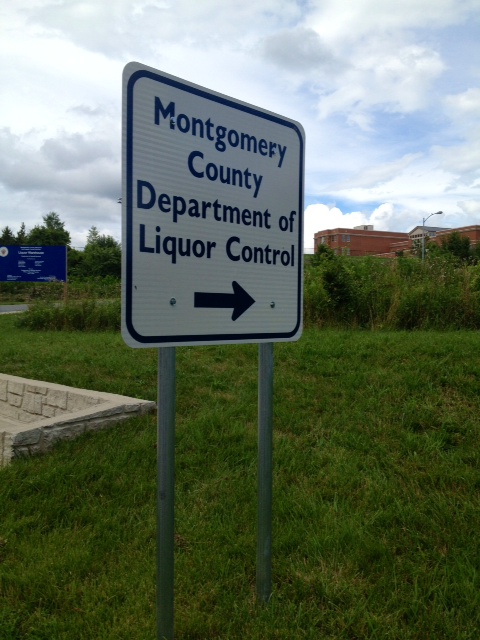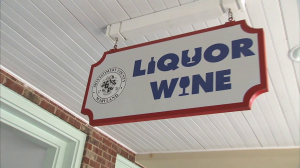
Public Health Experts and Police Testify at Council’s Liquor Control Meeting
 Public health experts sent a clear message today to Montgomery County Council members considering privatization of Montgomery Local Liquor Control system: Montgomery County’s Local Liquor Control system is superior in protecting the public health, combating underage drinking and striking the balance between the sale of a legal, controlled substance and meeting community concerns and the public interest.
Public health experts sent a clear message today to Montgomery County Council members considering privatization of Montgomery Local Liquor Control system: Montgomery County’s Local Liquor Control system is superior in protecting the public health, combating underage drinking and striking the balance between the sale of a legal, controlled substance and meeting community concerns and the public interest.
Montgomery’s system, in fact, has blocked the introduction of numerous liquor industry products aimed at underage drinkers, resisting pressure from the liquor lobby.
Montgomery’s local Liquor Control contributes $30 million annually to the County – keeping dollars spent in Montgomery County and funding education, transportation and social services while keeping taxes down.
Systems such as Montgomery’s, which cover 30 percent of the American population, have been judged by the National Institutes of Health as superior to protecting the public health, a finding supported broadly by scientific research.
“Montgomery County has among the lowest rates for alcohol treatment, alcohol-related crashes and binge drinking in the state,” said David Jernigan, director of the Baltimore-based Center for Alcohol Marketing and Youth. “Montgomery County is doing much better than the rest of the State.”
In a detailed presentation, Jernigan cited 17 studies examined by the National Institutes of Health that concluded that alcohol consumption increases 44 percent with privatization. With privatization come more outlets, more days and sale and longer hours, more alcohol signage and advertising and more need for increased enforcement.
“In Iowa, Idaho, Maine and Montana, wine consumption jumped between 42 and 150 percent following privatization,” he explained. “Increased consumption means more adverse social impacts – more underage drinking, alcohol-related crashes, vandalism, and violence.”
With alcohol in the hands of the market, he said, there are so many pressures to sell. As the price goes down, the adverse effects go up. He explained that alcohol abuse costs America $4 billion annually and is the 3rd leading cause of death and the leading drug for youth.
“There are no many pressures in the other direction,” he said. “If we don’t take intelligent steps to control the liquor trade, we will pay the price.”
Dr. Ulder Tillman, Montgomery County’s health officer, echoed the message. “If Montgomery County has the lowest alcohol treatment rate in the state, among the lowest alcohol-related crashes and the best overall health, I want to keep that.
“When Washington State privatized their liquor system, the number of liquor stores and bars jumped from 328 to 1,415 – a 337 percent increase. There was an increase in consumption, in the average number of drinks consumed at a sitting, in emergency room visits related to alcohol and in nighttime single-vehicle crashes.
“Our Local Liquor Control is a good thing,” said Dr. Tillman. “We can discuss how it make the system more consumer-friendly but let’s keep what is working to protect the public health.”
Testifying on behalf of County police, Captain Tom Didone hailed the close cooperation between Local Liquor Control and his department in combatting underage drinking and drunk driving. Didone strongly opposed privatization, telling Councilmember Hans Riemer: “Please don’t change the way we do business now. It will make our job harder.”
The Montgomery County Police Department has the only full-time alcohol initiatives section in the State of Maryland, assisted by approximately 200 other police officers who have received specialized training in alcohol enforcement.

Engage us on Facebook
Follow us on Twitter
Tweets by @mymcmedia